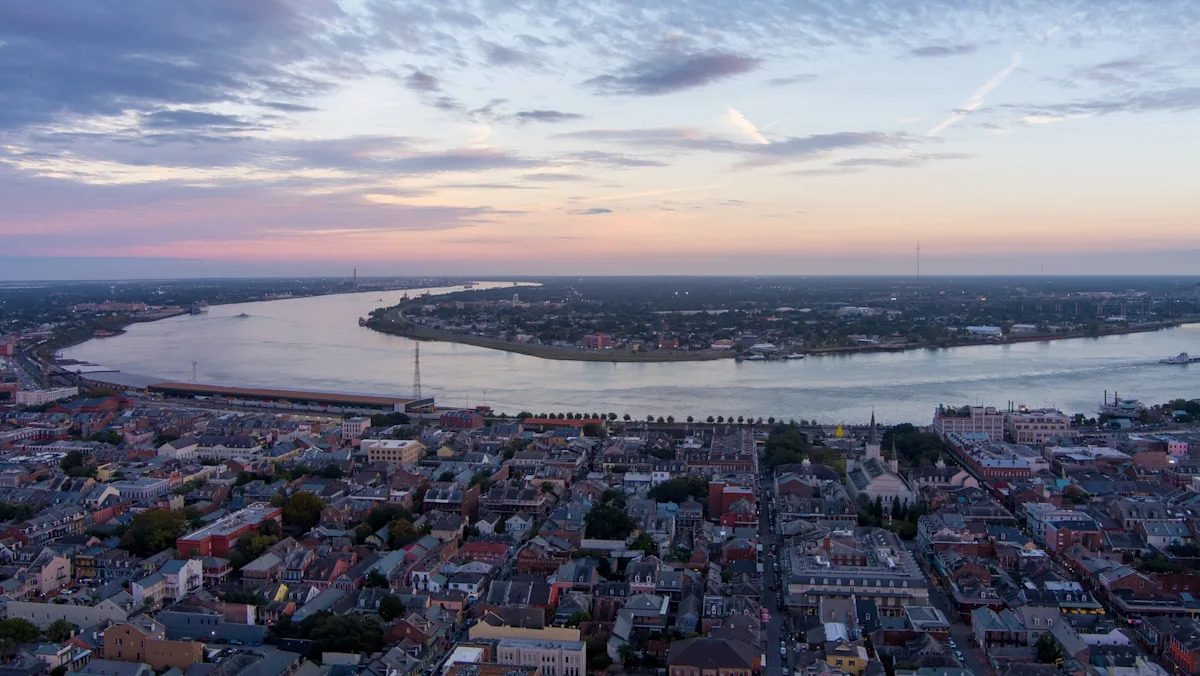Home / Environment / Crescent City Sinking: New Orleans Battles Rising Seas and Subsidence
Crescent City Sinking: New Orleans Battles Rising Seas and Subsidence
8 Nov
Summary
- New Orleans sinking 1-2 inches per year due to natural subsidence and human impacts
- Rising sea levels exacerbating flooding and storm surge risks for the city
- Tulane University receives $3.2 million grant to study sea level rise impacts on military bases

As of November 2025, one of the country's most unique and culturally vibrant cities, New Orleans, is facing a dual threat of sinking and rising seas. The Crescent City, known for its rich history, art, music, and eclectic cuisine, is sinking at a rate of 1-2 inches per year, according to NASA and researchers at Tulane University.
This sinking, or subsidence, is caused by the city's location on soft, marshy land formed by centuries of Mississippi River sediment. While natural subsidence has long been an issue, human intervention, such as the construction of flood control levees, has exacerbated the problem by interrupting the natural sediment supply.
Adding to New Orleans' woes, rising sea levels due to climate change are inundating the wetlands that once acted as a natural buffer, leaving the city even more vulnerable to flooding and storm surges. The Intergovernmental Panel on Climate Change projects sea levels to rise 1.4 to 2.8 feet by the end of this century, with a worst-case scenario of nearly 7 feet, which would dramatically alter the Louisiana coastline.
In a positive development, Tulane University recently received a $3.2 million grant to study how sea-level rise will impact more than 1,800 military installations worldwide. The hope is that the data gathered from this research will help officials make informed decisions on how to address the complex problems facing cities like New Orleans.




